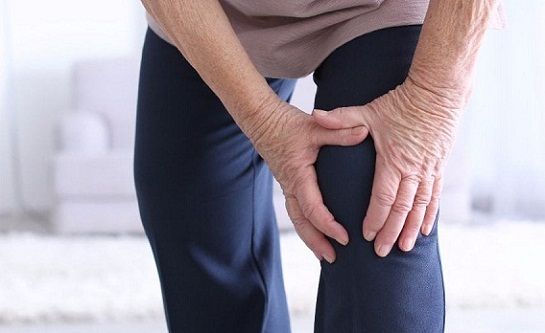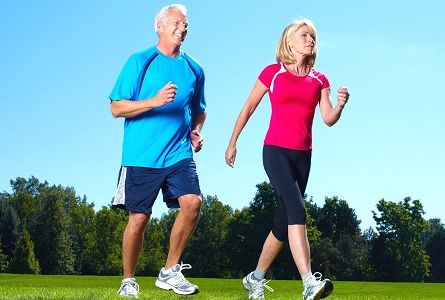
Osteoarthritis and rheumatoid arthritis are among the most common causes of joint pain, especially in older adults. Arthritis leads to inflammation of the joints and the breakdown of the cartilage that cushions your the bones. People with arthritis also feel stiffness and have reduced range of motion in the hip. Joint pain is often a sign of osteoarthritis, which may be caused by aging, injuries, heredity and/or obesity. This type of arthritis occurs when the articular cartilage in your joints wears away. Articular cartilage is the smooth, glossy tissue lining the ends of the bone that cushions impact and allows the joint to move smoothly.
While joint replacement surgery has become an increasingly popular option, nonsurgical options should always be tried first. Losing weight, strengthening muscles, and increasing flexibility may help you stave off joint replacement. It is only after such a treatment plan fails should surgery be considered.
Here are Six steps you can take to keep your knee joints healthy and avoid the knife.
Diet and weight loss:

Exercise:
Patients with arthritic joints can still participate in a low-impact exercises to help strengthen joints or help shed pounds as part of a weight loss plan. Swimming, cycling, and Pilates are among the best non-traumatic knee-strengthening exercises to improve blood flow and build muscle.
Medications:
For some patients anti-inflammatories such as ibuprofen help to temporarily reduce inflammation and pain.
Injections:
Intra-articular corticosteroid injections can help reduce joint swelling or pain. Similarly, viscosupplementation is a therapy that injects hyaluronic acid, which is similar to the fluid found naturally in knee joints, to manage pain and help you stay active.
Physiotherapy:
Physical therapy emphasizes the strengthening of muscles that cross the affected joints. For knee osteoarthritis, this generally means targeting your quadriceps. Occupational therapists teach you ways to perform your daily activities with less pain.
Mobility aids:
Depending on the extent of your joint damage, wearing knee braces or using a walking cane to help you keep your mobility.
To know more about most Advanced and Affordable Knee, Hip Joint Treatment at World Class hospitals in India please check out this webpage : https://safemedtrip.com/medical-services/orthopedic-surgeries-treatment-in-india.html

 Click to WhatsApp
Click to WhatsApp +91-9899993637
+91-9899993637



